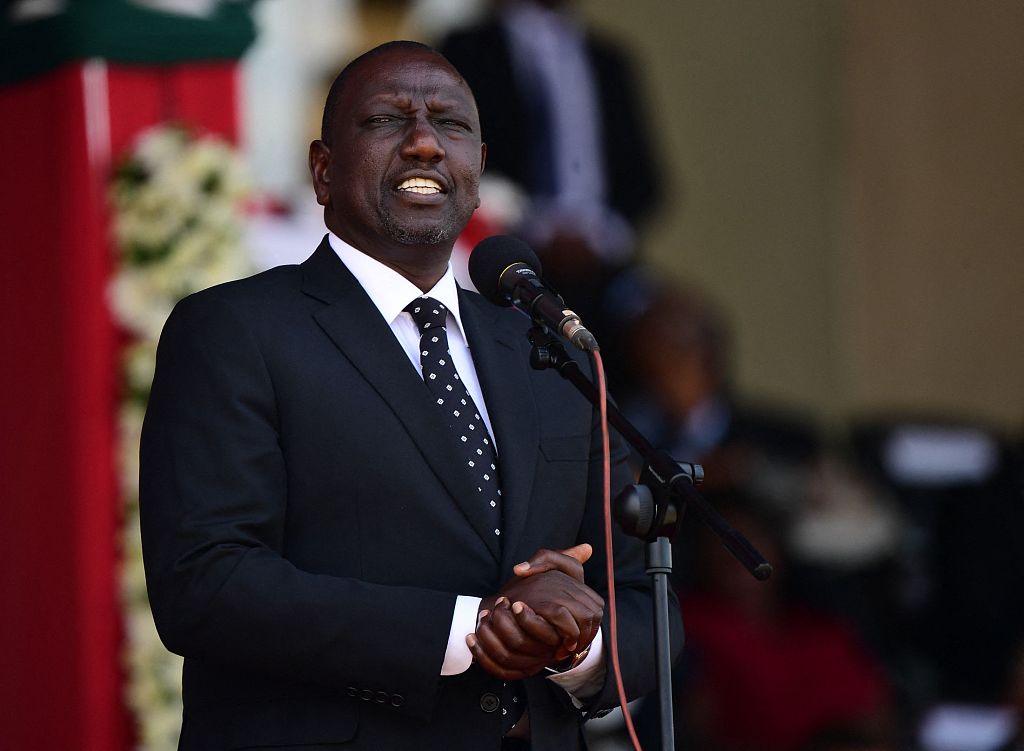The Kenyan economy, the locomotive of East Africa, has been seriously shaken by Covid, followed by the shockwaves of the war in Ukraine and a historic drought in the Horn of Africa.
Public debt in the country of some 53 million people stood at more than 10,100 billion shillings (64.4 billion euros) at the end of June, according to Treasury figures, representing around two-thirds of gross domestic product.
The International Monetary Fund (IMF) recently urged the Kenyan authorities to reform state-owned companies, citing in particular the national electricity supplier Kenya Power and the airline Kenya Airways, which posted record losses in 2022. Last month, the president signed a law facilitating the privatisation of public companies.
“We have very lucrative (public) enterprises, but they are stifled by government bureaucracy, whereas the services they offer can be better provided by the private sector”, Mr Ruto also asserted.
On 16 November, the IMF announced that it had reached an agreement for a $938 million loan for the country, which is due to repay a $2 billion Eurobond next year. On 20 November, the World Bank announced plans to provide Kenya with $12 billion in support over the next three years.
Read More: Global Summit in Nairobi Ends in Division Over Urgent Plastic Pollution Treaty
In an attempt to reduce its debt, William Ruto’s government has prepared a budget – which is very unpopular with the population and has led to sometimes violent demonstrations – including a number of new taxes expected to bring in 289 billion shillings (2 billion euros) to top up the 3,600 billion shillings (24 billion euros) budget planned for 2023-24.









